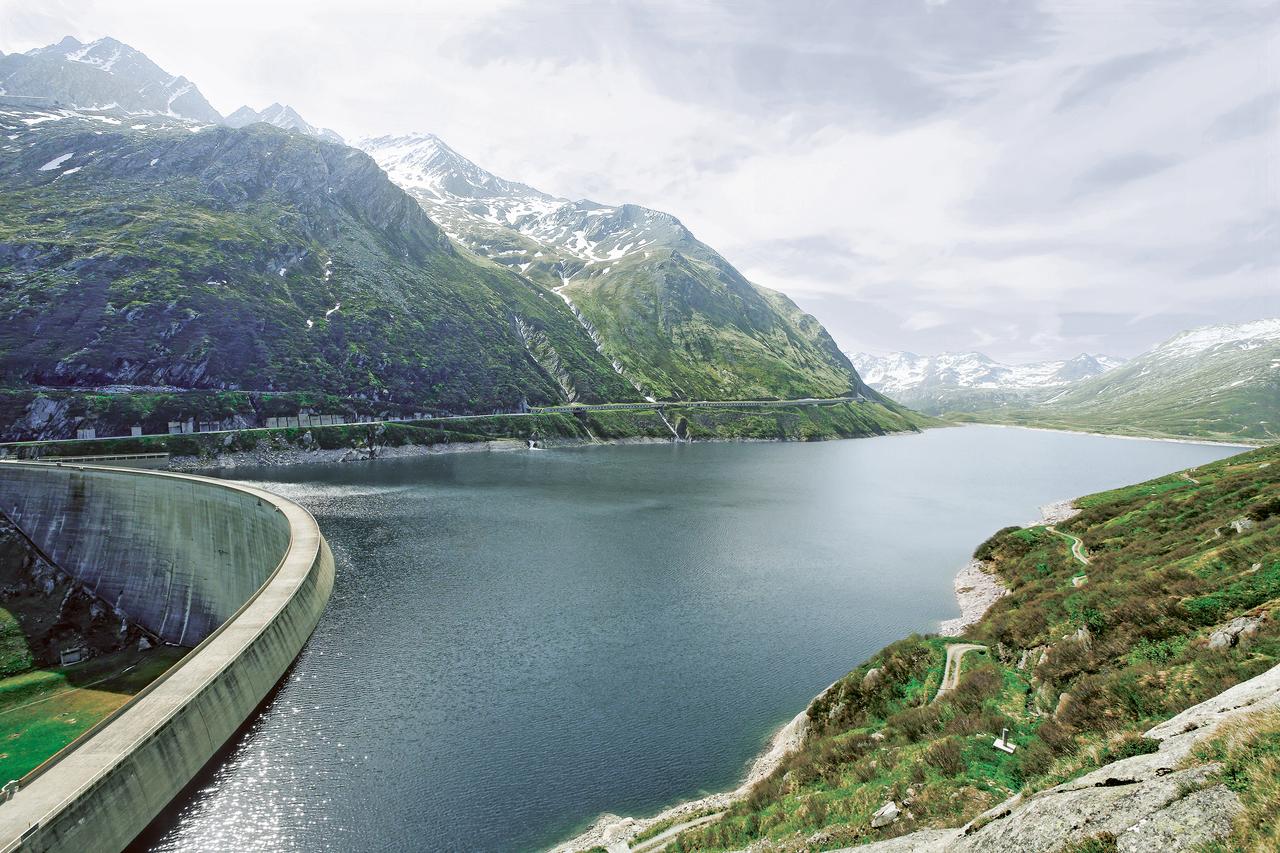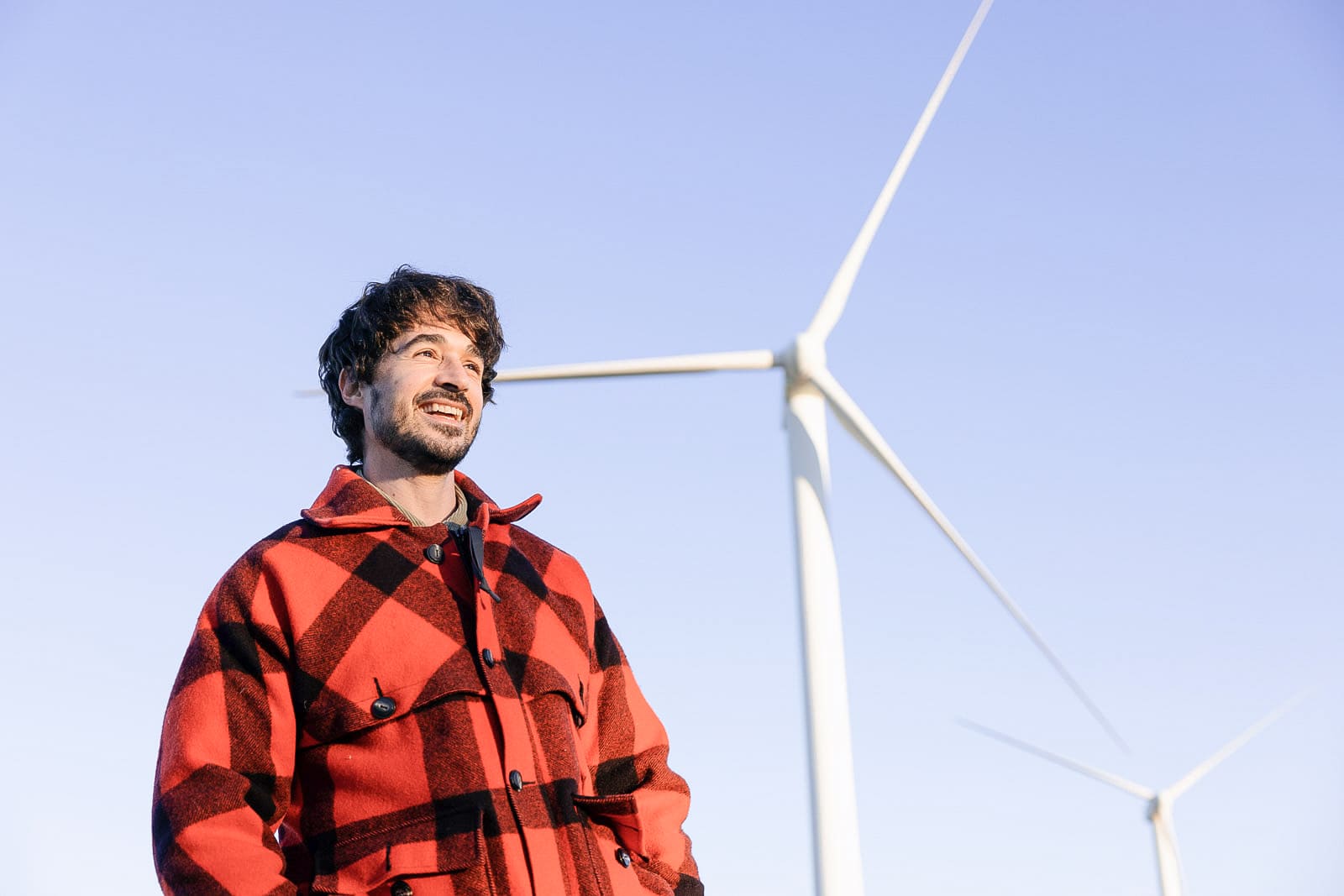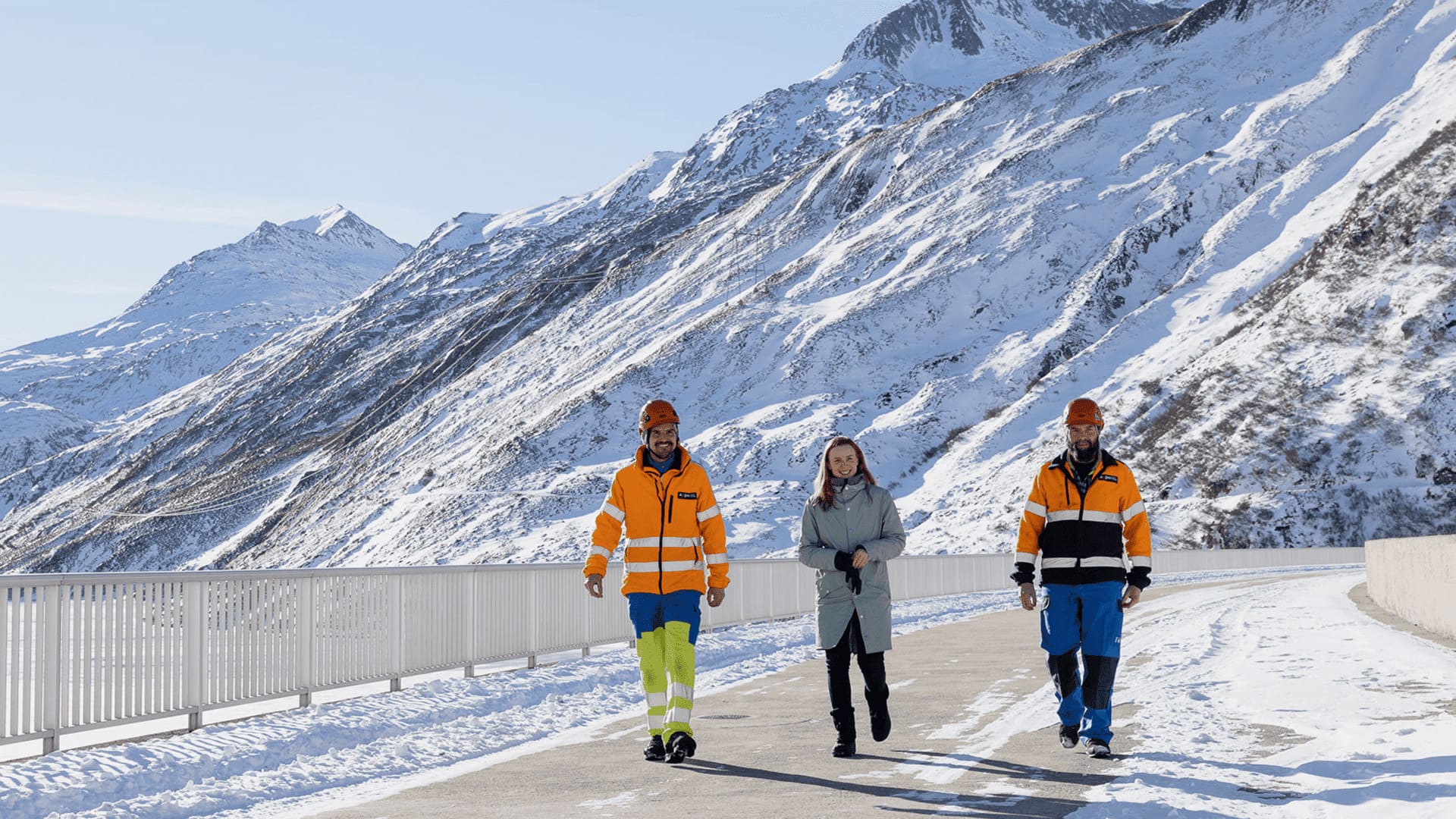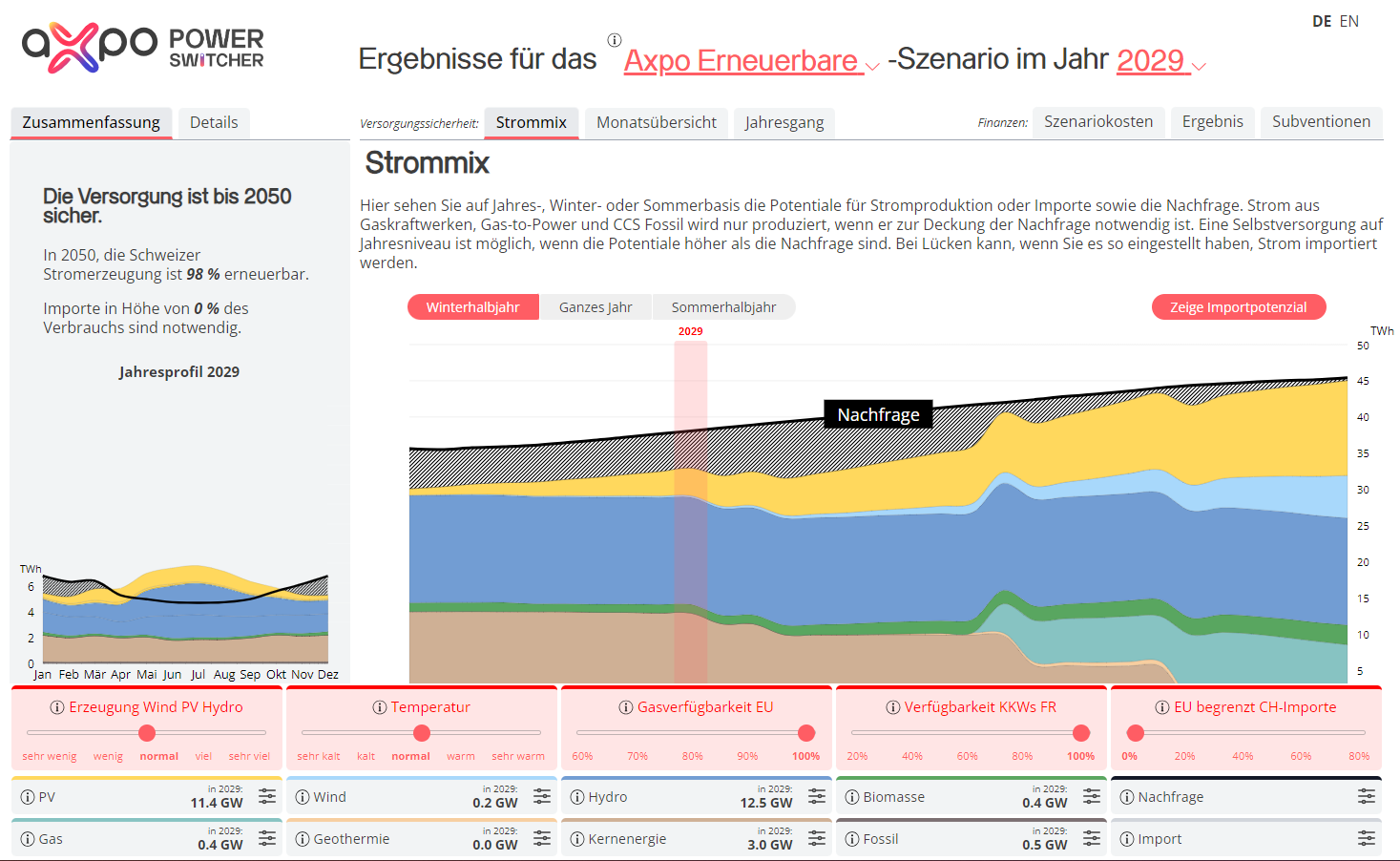02.04.2019 | Where do things stand with the Energy Strategy 2050 goals?
Nuclear energy as a key bridging technology
The Federal Energy Strategy 2050 (ES 2050) is ambitious. Are the goals really achievable? In his analysis Nick Zepf, Head of Corporate Development at Axpo, concludes that assumptions in many areas of the ES 2050 are too optimistic. A longer service life for the nuclear power plants would create some leeway in implementing these goals. But: "A realistic review of the ES 2050 is absolutely essential."
In May 2017, 58.2 per cent of Swiss voters said "yes" to the new energy law. The new law prohibits the construction of new nuclear power plants, while existing plants may operate as long as they are deemed safe. Part of the power that will be lacking after their shutdown is to be compensated by consumers through savings, and a further portion replaced by renewable energies and/or ensured through power imports.
The Federal ES 2050, which was published in September 2012, defines how this will work. The 842-page report covers the entire energy industry and also prescribes ambitious goals for the power industry, which is the area relevant for Axpo.
However, Nick Zepf, Head of Corporate Development at Axpo, indicates that various prerequisites and parameters have changed since the publication of the ES 2050. These include technology, policy, regulations as well as the acceptance of certain technologies by society.
As a result, he took a closer look at the underlying assumptions behind the ES 2050 and adapted these where necessary.
Where things stand
For example, the new residual water provisions will make it nearly impossible to realise the construction of new hydropower plants as foreseen by the ES 2050. The goals defined in the area of wind power cannot be achieved either. In 2017, only 20 percent of the energy strategy target goal for 2020 had been achieved (see above, Graphic 2). Set-backs rather than progress has been the case in the area of geothermics: A commercial project is not in sight today, the costs with over 10 cents/kWh of electricity are too high and acceptance by the population is low according to Zepf.
Things look more positive for photovoltaics. The 2020 goals were already tripled in the year 2017. So one can expect higher capacities of electricity from photovoltaic by the 2030. The ES 2050 assumptions for the period from 2035 to 2050 are realistic (see above, Graphic 3). The continued operation of the nuclear power plants (as long as they are safe) also has a positive impact on power supply. If Beznau, Gösgen and Leibstadt run for 60 years, the ES 2050 calculates a positive balance of 10 TWh until 2030, and 8 TWh until 2040.
Power shortage
When comparing the ES 2050 goals with the adapted assumptions, Zepf comes to the following conclusion: "By 2035 we will have substantially more energy than assumed by the ES 2050 because the nuclear power plants will generate electricity for a longer period of time." Nuclear energy is therefore a "key bridging technology" under the ES 2050. The lacking production from hydropower, geothermics and wind will, however, result in a production shortfall in 2050 as compared to the ES 2050 goals and amount to 11 TWh (see graphic below)
_________________________________________________
Zepf also see the ES 2050 reduction goals for future power consumption as too high. A strong reduction is anticipated in all areas (see graphic) while power consumption in overall energy consumption will increase from 25 per cent (2017) to 42 per cent (2050). Zepf doubts that these reductions can be realised in view of planned, massive electrification and the need for CO2-free energy production.
________________________________________________________________
It's clear: By 2050, power production will not reach the targets set by the ES 2050 and depending on the consumption scenario there will be a power shortfall between 8 and 33 per cent that must be covered by imports (see graphic below)
The winter problem
Photovoltaics and hydropower are energy technologies that generate good capacities during the summer. However, during the winter in Switzerland – as can already be seen on a small scale – a great deal of power will be lacking in the years from 2035 to 2050. According to Zepf's prognoses, by 2050 "power would have to be imported in at least 8 of 12 months" and, depending on the consumption level, import demand "in December and January could amount to 50 per cent."
So where will this electricity come from? That's a legitimate question says Zepf. Germany has decided to phase out nuclear energy by 2022 and coal power by 2038. As a result, the German power industry assumes that by 2025 it will have to rely on imports during the winter. France is already a net-power importer during winter months.
The bottom line?
For Zepf it's clear: "From today's perspective the ES 2050 assumptions are too optimistic in terms of power production, consumption and the possibility of power imports from abroad. As an engineer, he likes formulas and the result here is "Optimism3." Therefore, a realistic review of the ES 2050 is absolutely essential.
Listen to the talk here (from minute 49:30 to 1:11.03):

The full presentation on the adapted ES 2050 here (in German)
Concern about Swiss production
The Energy Commission of the Council of States (Urek) is concerned about the security of the electricity supply. It demands measures from the Federal Council.
It has unanimously submitted a motion calling for a market organisation that guarantees long-term security of supply through adequate domestic production. This should take into account, among other things, the objectives of the Energy Strategy 2050, the CO2 reduction targets and the declining export capacity of the surrounding countries, as stated in a communication by the Urek on Tuesday.
In neighbouring countries, a massive reduction in capacity from coal and nuclear energy is foreseeable. In addition, Switzerland could not participate in the EU internal electricity market without an electricity agreement. The target values for the expansion of renewable energies laid down in the Energy Act could probably not be achieved due to the limited duration of the support instruments. The Urek also believes that the targeted reduction in electricity consumption is not within reach.
It therefore identifies a gap between the objectives of the energy strategy and ensuring an adequate domestic share of production to guarantee security of supply.
The Federal Council should therefore point out how the targeted expansion of renewable energies and domestic production can be ensured.




.jpg)





